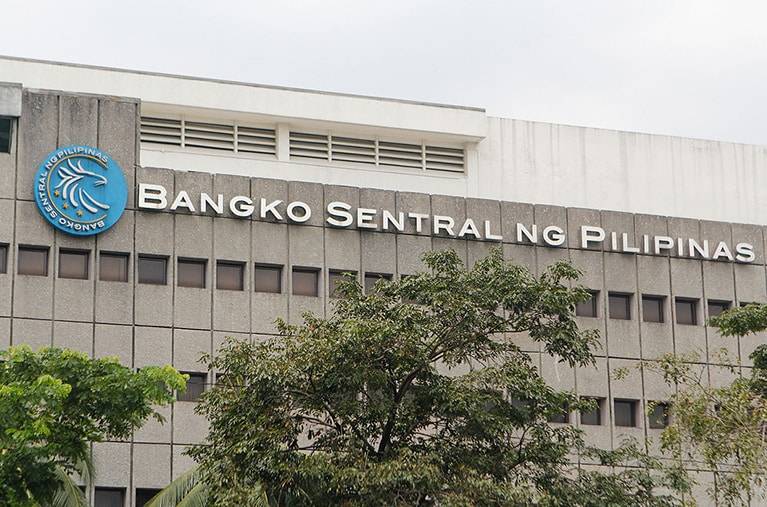All eyes on US Fed, but BSP has space to look away, analysts say

Market watchers will keenly await the outcome of the meeting this week of the US Federal Reserve, particularly the size and speed of any rate cuts that will influence actions of other central banks.
But analysts say that in the case of the Bangko Sentral ng Pilipinas (BSP), future easing moves will likely be driven more by local developments like improving inflation outlook and worries about growth, and not so much by the actions of the US Fed.
“For other Asian central banks, domestic factors tend to matter more than the actions of the Fed, and it is notable that the relationship between US interest rates and domestic interest rates has historically been weak,” London-based Capital Economics said in a commentary.
“While we expect policymakers in Korea, Thailand and the Philippines to cut rates soon, this has more to do with the mounting worries about growth and fading concerns about inflation, than anything the Fed is doing,” it added.
According to a majority of economists surveyed in a Reuters poll, the US Fed is expected to reduce interest rates by 25 basis points (bps) at its policy meeting on Sept. 17 to Sept. 18 and another 50 bps for the rest of the year as US inflation nears the 2 percent target.
Benchmark rate
In the 12 months through August, the US inflation accelerated by 2.5 percent, marking the smallest year-on-year increase since February 2021.
The Fed has kept its benchmark overnight interest rate at the current range of 5.25 to 5.50 percent for a year, following a 525 bps hike in 2022 and 2023.
Ahead of the US Fed, the policymaking Monetary Board (MB) slashed the benchmark rate by 25 bps to 6.25 percent at its Aug. 15 meeting. That started what Governor Eli Remolona Jr. had called a “calibrated” easing cycle while hinting at another cut of the same size either at the October or December meeting of the MB.
Target range
Weeks after that decision, government data showed inflation slowed to 3.3 percent in August, the softest reading in seven months and easing back to within the 2 to 4 percent target range of the BSP.
The slower inflation last month vindicated the central bank’s decision to cut rates early and ahead of the Fed, which is widely expected to kick off its own easing cycle next week. By reducing borrowing costs, the BSP wanted to boost consumption, which has weakened amid a high interest rate environment.
Zooming out, ANZ Research said Asian central banks had room to embark on a gradual transition to a less restrictive monetary policy.
“With Asian central banks now able to pivot to domestic growth-inflation considerations, expectations for monetary easing have risen in the region,” it said.
“While we continue to see shallower rate cuts in Asia, as compared to the United States, the risks around our policy rate forecasts are modestly tilted to the downside. More importantly, we think moderating economic growth momentum in emerging markets Asia-ex-China has been accompanied by improving macroeconomic dynamics and external positions,” it added.
In the meantime, rates of short-term government securities and long-term debt notes up for auction this week may edge slightly higher ahead of the US Fed meeting.
The Bureau of the Treasury (BTr) will auction off P20 billion in Treasury bills today or P6.5 billion each in 91- and 182-day paper and P7 billion in 364-day debt paper.
Meanwhile, the government will offer P30 billion in reissued 10-year Treasury bonds with a remaining life of nine years and four months.
“Short and long-term debt rates may edge slightly higher due to immediate bond supply pressure in the earlier part of the week but expectations on future policy easing from central banks should quickly moderate any rate increases causing yields to remain range-bound and broadly supported,” Lodevico Ulpo Jr., vice president and head of fixed income strategies for ATRAM Trust Corp.





















